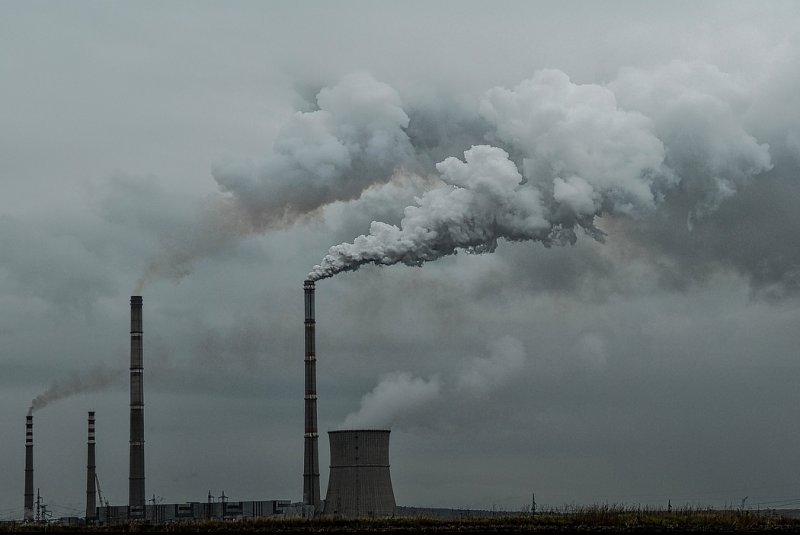While a United Nations group says that non-state contributions to reductions in carbon released into the atmosphere are key to bringing down the global temperature, researchers say their current effort is not nearly enough to meet the goals of the Paris agreement. Photo by
nikolabelopitov/Pixabay
Sept. 10 (UPI) -- Around the world, cities, states, major corporations, hedge funds and university endowment funds have all pledged to do their part to curb global emissions.
According to a new United Nations report on the emissions gap, non-state actors could play a "crucial role" in cutting carbon emissions.
Researchers found pledges made by non-state actors could amount to carbon dioxide emissions reductions measuring between 1.5 and 2.2 gigatons by 2030.
However, the pledges made by non-state actors aren't enough to meet the Paris target of limiting global temperature rise to 2 degrees Celsius.
As revealed by the UN Environment's latest emissions gap report, most national governments, including the United States government, continue to come up short on their commitments to improve climate policy.
In order to limit global warming to 2 degrees, UN scientists estimate global emissions totals must be reduced by between 11 and 13.5 gigatons by 2030.
For the new report, researchers analyzed the carbon emissions reduction pledges made by 183 international cooperative initiatives, comprising proposed actions by 7,000 cities, 133 countries and 6,000 private sector companies.
"Basically, everyone is getting into the game. That's great news," Keith Weller, a spokesperson for UN Environment, told UPI. "But it's all balanced by and to some extent undermined by what our governments are failing to do."
In the wake of President Trump's announcement that the U.S. would withdraw from the Paris Agreement, the "We're Still In" movement gained momentum, as cities, states, corporations and a variety of organizations pledged to do their part to curb carbon emissions.
"There was a lot of hype, fanfare and confidence -- or I'd say overconfidence," Angel Hsu, lead author of the new report, told UPI.
"When looking at all the data, we wanted to find out if these pledges and efforts add up to anything substantial," said Hsu, assistant professor at Yale-NUS College and director of the Yale Data-Driven Environmental Solutions Group. "We wanted to find out if these actions are meaningful."
While Hsu said the research did reveal unrealized potential for carbon emissions reductions -- "especially among land sectors and non-CO2 sectors" -- the data provided a more sober outlook.
The report showed promises and participation don't necessarily translate to measurable progress.
"Here we have the private sector, individuals, civil society all stepping up," Weller said. "But the governments that represent them still won't raise their ambitions."
Hsu said the need for action by national governments remains imperative.
"Most of the real action is happening through top down policy and actions," Hsu said.
Even among non-state actors, the research showed top-down policy is vital.
Town and cities throughout Italy have committed to significantly reducing their carbon footprint.
"It's because there was a national policy directive organized by the European Union's Covenant of Majors," Hsu said. "That's a prime example of where a national level policy is a large motivating factor among non-state actors."
At the moment, plans and pledges to reduce carbon emissions are only promises. Ensuring they're translated into actions that produce results requires well-defined goals, strong leadership, sustainable funding and transparency.
According to Hsu, the emissions reduction plans proposed by international cooperative initiatives are vague, making it difficult for the UN to track progress.
The new report also showed the surge in non-state participation is geographically isolated. Most international cooperative initiatives are based in the Northern Hemisphere.
"There's not the capacity for cities and companies in the global south to participate and meet the reporting requirements, which are very time and resource intensive," Hsu said.
Like many climate scientists, Hsu is anxious to see what comes of this week's global summit on climate change, which is being hosted in San Francisco. Thousands of political and business leaders will be in attendance, in addition to scientists, activists and journalists.
Hsu is interested to see whether the hype of the "We're Still In" movement will give way to the reality of the necessity for top-down, state-led action.
"That's the million dollar question."















